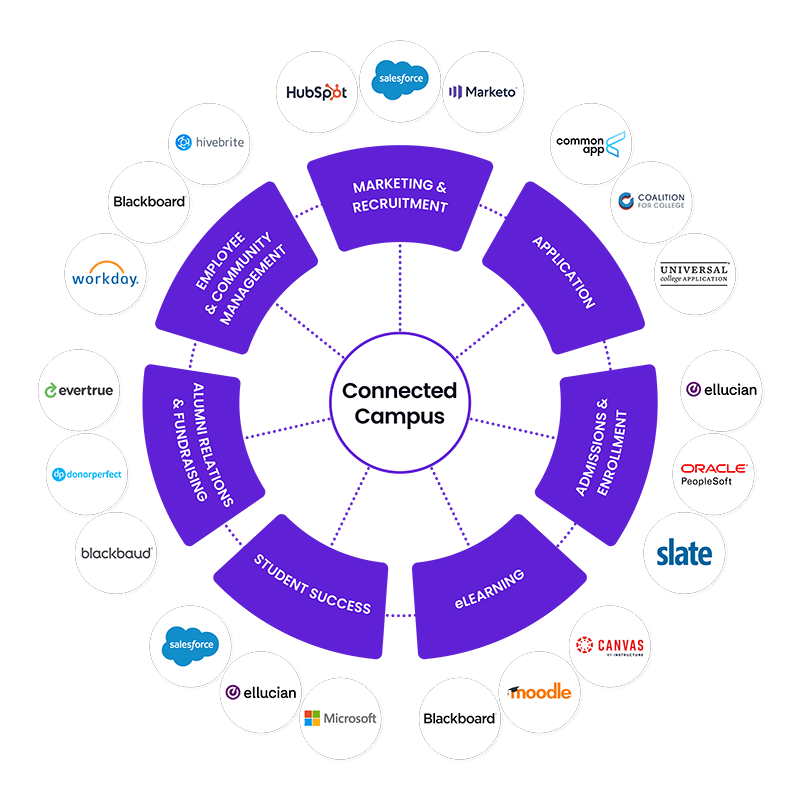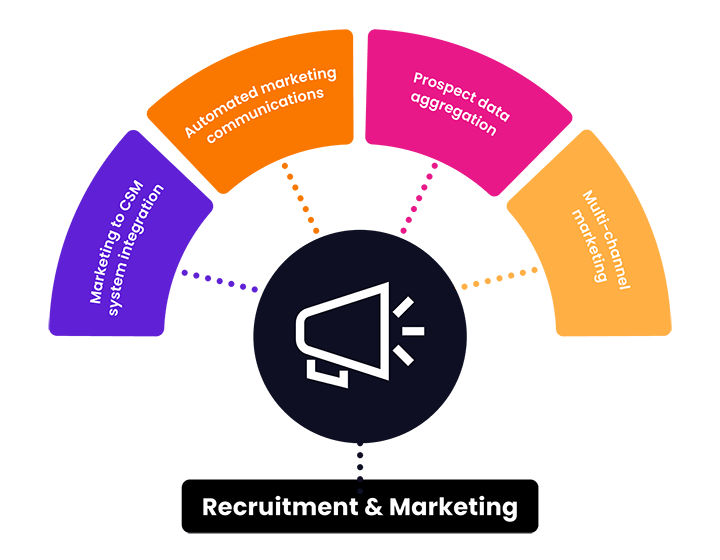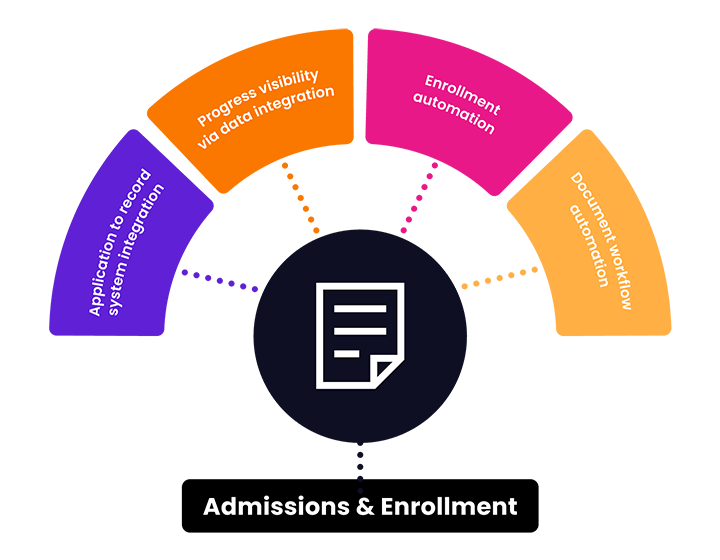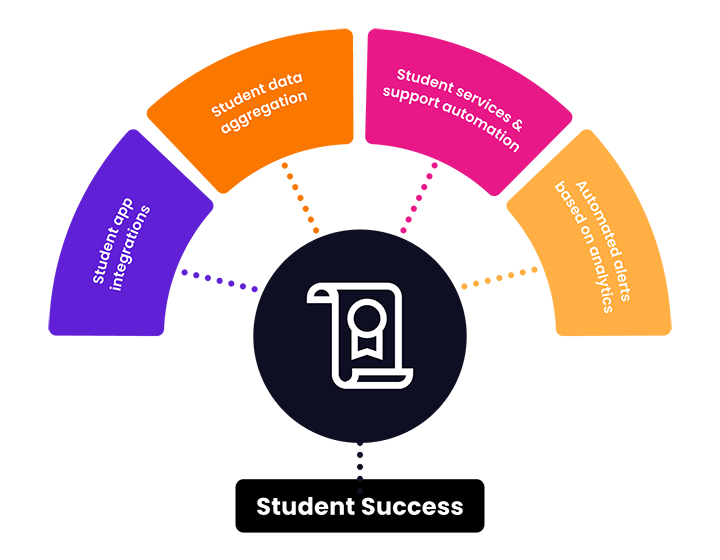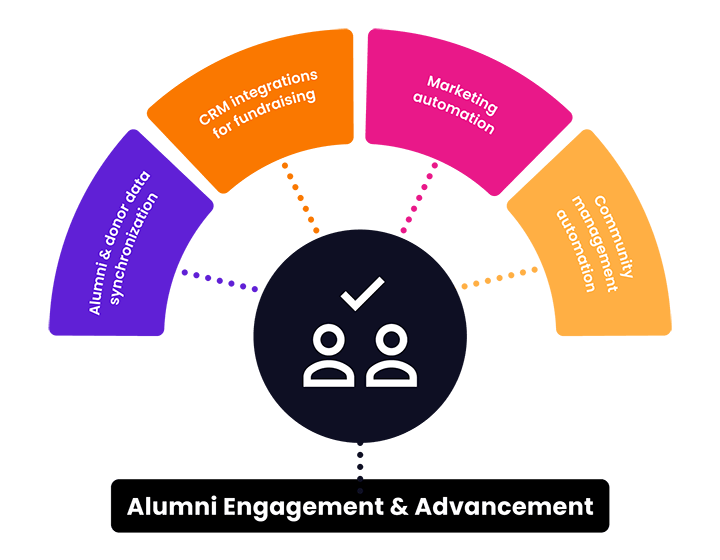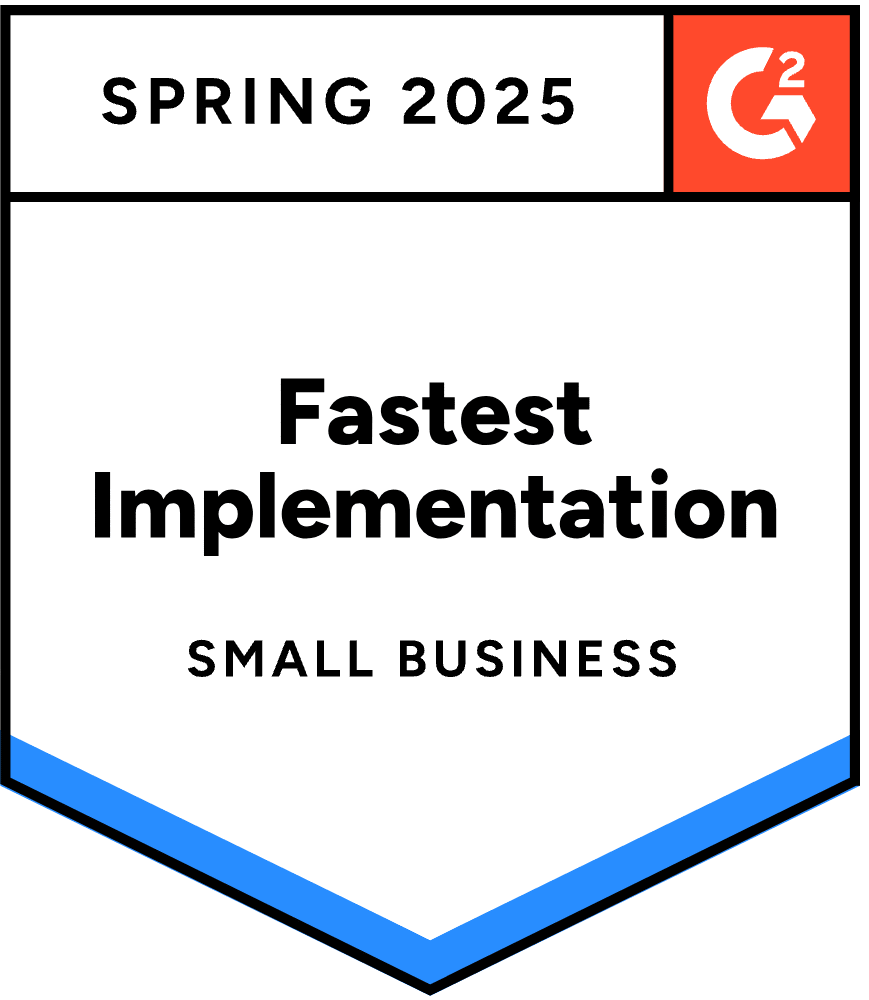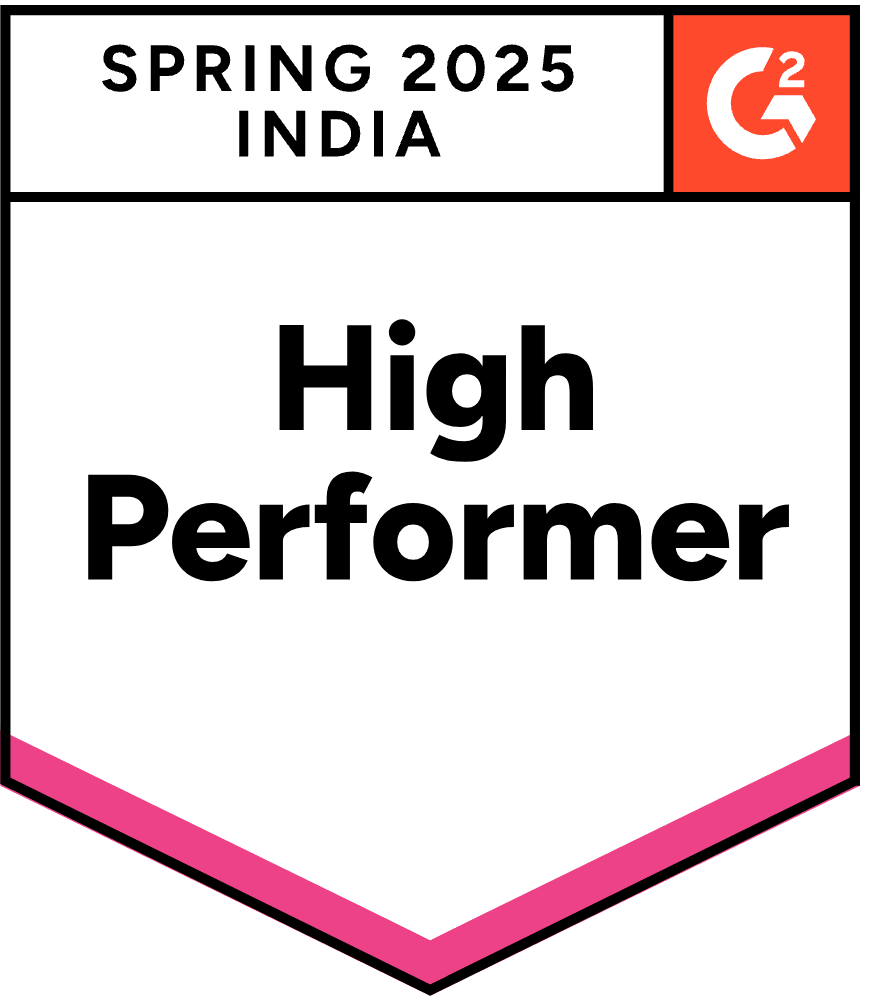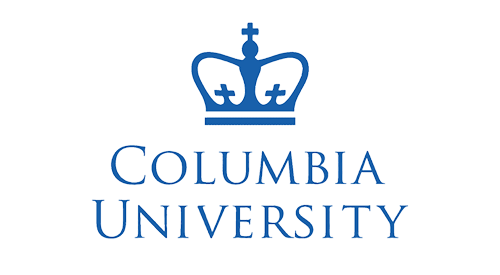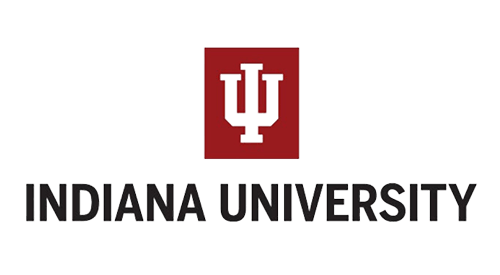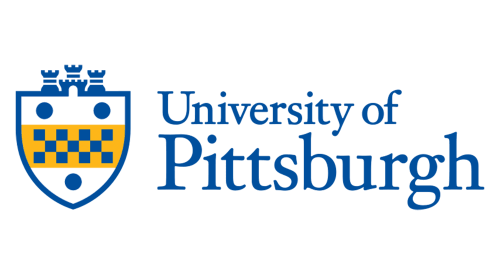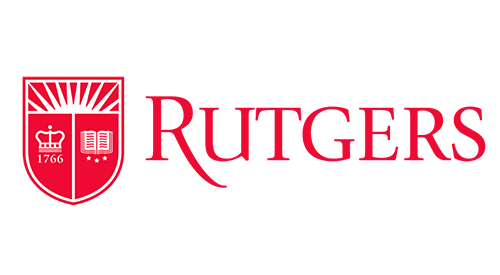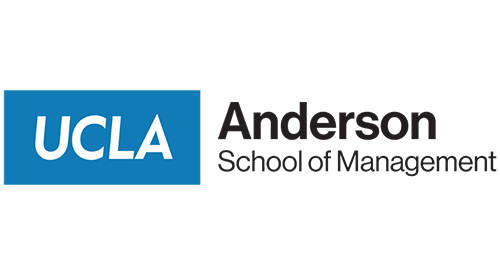Jitterbit has hundreds of higher education customers and many are creating a 360-degree view of student data across the entire college journey. Different stages of the journey require different communications, personalization, and services which are enabled by the integration of these Higher Education data systems. Here are some of the most common use cases.
Student Recruitment: This is a key initiative to keep enrollment strong. There are many activities involved in recruiting students, such as bringing together data from multiple sources, customizing and managing recruiting messages, tracking important milestones in the recruiting process, such as those that have done a virtual tour or onsite campus visit, and building recruitment groups where prospective students can learn more about the school.
Many systems must be integrated to enable these activities including CRM (Salesforce), Student Information Systems, ERP (Colleague and Banner), social media channels (Facebook and Twitter), and marketing automation and communication tools (Marketo and SMS).
Admissions and Enrollment: College admissions have become increasingly competitive. Schools need to access all the details of a student’s application, determine financial aid, make the right admission decisions, communicate the decisions to accepted students, manage waitlists, and enroll the students into classes and housing.
This student data then needs to be automated so that information can sync seamlessly between systems. Systems that require integration include CRM (Salesforce), student application and test information (Common App, SAT/ACT, FAFSA), Student Information Systems, ERP (Colleague, Banner, Oracle Peoplesoft), and marketing automation systems (Marketo and Pardot).
Marketing: Once students matriculate, they begin a new journey toward graduation and schools are dedicated to student success. This requires communicating with students, ensuring that students enroll in appropriate courses, tracking student progress, monitoring coursework completion and intervening for ‘at risk’ students, and connecting students with academic support and counseling. Systems that require integration include marketing automation systems (Salesforce Marketing Cloud), Learning Management Systems (Blackboard, Canvas, Moodle), and others.
Advancement: Fundraising is a major initiative for schools and is dependent on alumni engagement. Activities include keeping a database of alumni and donors, engaging with them, raising funds, diversifying funding sources, formalizing recognition programs, and running events. Systems that require integration are CRM (Salesforce), databases (Oracle, SAP), career centers, fundraising systems (Raiser’s Edge, Salesforce Education Cloud, Giftworks), financial systems, social media channels, and others.
Alumni and Community Engagement: Career services and advising are important parts of student success. Colleges and universities build databases of internship opportunities, match students to career options, connect students with alumni for career mentorship and jobs, and identify companies for campus career fairs.
Online student communities keep students engaged and active in the community. Systems that require integration are CRM (Salesforce), Student Information Systems, Learning Management Systems (Blackboard, Canvas, Moodle), student health portal, online social platforms (Salesforce Community Cloud), content management software (Drupal), and others.
